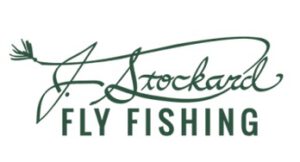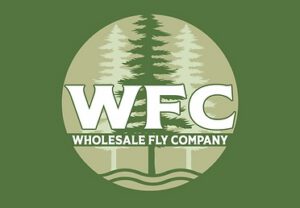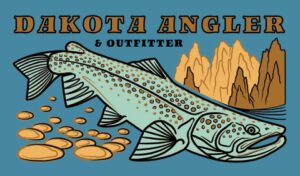Fly Tying Tools
For many fly fishers, tying their own flies is an inseparable part of fishing. Because catching a fish with your own pattern is something very special! In addition, fly tying not only allows one’s own creativity, but also proven flies can be adapted to one’s own wishes and requirements. And last but not least, fly tying is a multifaceted hobby that closely connects us with our passion of fishing after work or during off season.
This freedom and diversity of fly tying has led to a large selection of tying materials, tying vices and tying tools on the market today. It is understandable that a beginner in fly tying can lose the overview. That’s why we’ve put together the 10 most important tools that will make your start in fly tying a success. Tying tools whose functionality and quality we are 100% convinced of and which offer you a great price-performance ratio.
Please see the list of links at the end of this page for some excellent sources for tools and materials.
1) Fly Tying Vice
The tying vice is the heart of your tying table. It’s where you refill your boxes after a long season or prepare for a trip to the water. Good source for vices is J Stockard. Stockard has vices to meet most budgets. A decent but modestly priced vice is on Amazon…. Maxcatch Rotary Fly Tying Vise
The bobbin is your most important tool and you need it for every fly. It holds your tying thread and with its help you fix all tying materials on the hook. A good bobbin should feel comfortable in your hand, lay down tying thread neatly on the shank, run smoothly and grip spools of different widths. Bobbins where you can adjust the trigger lock and the distance between the side arms are therefore advantageous. I highly recommend Ceramic tip bobbins…inexpensive metal tip bobbins tend to fray and break thread.
Stockard has a good but modestly priced house brand ceramic bobbin. Rite Bobbin is a fantastic bobbin, complete with a fully adjustable drag system. I personally love and actively use the Rite Cermag bobbin.
3) Bobbin Threader
There are commercially available bobbin threader, but the most gentle and readily available tool is a dental floss threader available at most drugs stores. The common metal bobbin threaders have the potential to damage the fine tube of your bobbin over time.
4) Tying Scissors
A clean, precise, smooth cut makes it easier for you to work with many fly tying materials. However, the sharpness and life expectancy of cutting edges vary, which is why we strongly advise you to use a quality pair of scissors. Whichever pair of scissors you choose: Please do not cut any wire so that you can enjoy your tool for a long time. Buy a cheap set of wire clippers and save your expensive scissors for the more delicate materials like thread, hair and feathers.
5) Whip finisher
A whip finisher is a helpful tool for tying a finishing knot. Whether you are tying a dry fly, a nymph with a bead or a large streamer, this tool will lay the thread neatly and precisely and allow the knot to be pulled tight.
6) Hackle Pliers
A hackle pliers is not only very helpful when tying dry flies. There are pliers made specifically for fly tying. For many uses, an electrical test clip is very inexpensive and works even better than the tools sold as hackle pliers. These small clips are very useful for holding small hooks and wire when tying as well.
7) Dubbing Twister
A dubbing twister is useful when making dubbing loops. A simple one can be made with a piece of coat hanger wire. A google search for DIY dubbing twisters will yield plenty of ideas.
8) Material Clamp
A simple bulldog clip can be very useful for handling deer and feathers, particularly when using a split thread or dubbing loop technique.
9) Brush/Comb
After tying, it is advisable to brush out the dubbing or other tying material for many patterns. Only then can a natural look be created, for example on the legs of a Gammarus or the body of a shrimp. Some materials also want to be brushed because they get twisted or caught during tying. The loop part of velcro glued on a stick is an inexpensive way to make a great tool to brush out dubbing.
10) Needle…or Bodkin
A needle is a versatile tool in fly tying. A thin needle can be used to precisely apply thin glue or varnish, for example to strengthen the back of a nymph or to secure the finishing knot. In addition, a pointed, sturdy needle (e.g. from Petitjean) can be used to loosen jammed materials or to trim dubbing before brushing. The applications are very diverse! A glued needle made of sturdy stainless steel can easily be burnt free with a lighter.
10) Head Cement
While there are plenty of commercially available head cements, the most cost effective solution is Sally Hanson’s Hard as Nails…available at most drug stores in the cosmetics section. A small bottle of either nail polish remover will be useful to dilute the nail polish as it gets older and thicker. To apply to the whip finish, either a drop on the tip of a needle or bodkin…or better yet…one of these applicator bottles with a needle to keep the tube free of dried cement.
11) Hair Stacker
I recommend a small or medium to start for small dry flies. For big deer hair bugs like bass bugs, a large stacker may be helpful.




